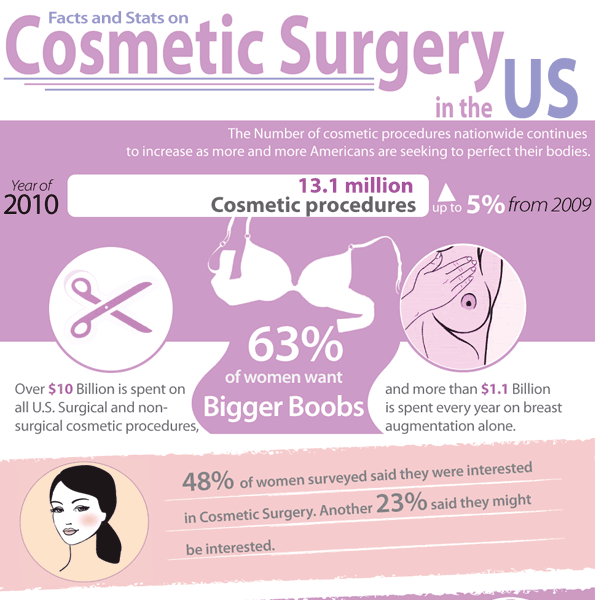How Does Photodynamic Therapy Work
How Does Photodynamic Therapy Work
Blog Article
Reasons for Acne on Cheeks
Acne outbreaks in the cheek location are set off by many points, from touching your face often to not changing your pillow case typically enough. Picking at imperfections enhances your risk of infection and scarring, and specific medications can get worse dark areas (postinflammatory hyperpigmentation).
Luckily, there are lots of methods to stop and deal with cheek acne. These consist of:
1. Hormone Modifications
Acne is mainly brought on by hormonal agents, particularly those created during adolescence and pregnancy. For some, a family history of acne may likewise contribute to their condition. Anything that clogs pores, such as oil-based skin care products or ceraceous hair items, can trigger acne. Numerous topical therapies, like benzoyl peroxide and salicylic acid, can deal with microorganisms and unclog pores. Those with severe or persistent acne needs to look for therapy from their physician.
Prevent touching or squeezing your acne, as this can push some of the bacteria deeper into the skin, leading to an extra extreme outbreak. It is likewise essential to change pillowcases consistently and make use of tidy make-up brushes. You ought to also try to stay clear of toxic irritants such as rubbing from using a helmet or tight collar.
2. Diet regimen
The oily, sugary foods that many people think trigger acne might in fact refrain from doing so. In fact, studies have actually shown that eating a diet abundant in whole, nutrient-dense foods helps to prevent outbreaks.
Foods high in the glycemic index (such as white bread, corn flakes, blew rice and potatoes, doughnuts and other breads) increase blood glucose degrees swiftly, and this can enhance hormones that improve oil production and lead to acne.
Consuming alcohol cow's milk has actually likewise been linked to raised acne outbreaks. If you are a regular cow's milk drinker, you could wish to try switching to low-fat or nondairy choices that are fortified with calcium. In addition, consuming alcohol even more water can help to lower acne due to the fact that it assists to keep the skin hydrated.
3. Excess Oil
While oil is necessary for healthy skin, it can become a trouble when excessive sebum blends with dead skin cells and obstructs pores. This combination can develop blackheads, whiteheads and acnes. The clogged pore wall surface can break down and spill germs, dead skin cells and sebum into bordering skin. This results in a red bump called an acne. In some cases these red bumps have pus in the facility from a bacterial infection. Bigger infected bumps that resemble acne are called cysts.
There are lots of things that can create excess sebum and blocked pores, consisting of hormone fluctuations, diet regimen and daily habits. Some examples include touching the face regularly, resting your hand on your cheek, making use of filthy makeup brushes and not altering pillowcases regularly.
4. Anxiety
If you're handling throbbing pimples or a multitude of blackheads and whiteheads, it may be time to speak to a dermatologist. They can advise an efficient therapy that fits your skin kind. Practicing leisure and stress-reduction techniques additionally helps.
Acne can take place in the cheeks due to rubbing and pressure, such as when an individual touches their face frequently or uses a hat or sports helmet that scrubs versus the skin. It can likewise show up where greasy cosmetics and creams rub versus the skin.
Avoid pressing acne, as this can press infected product deeper into the skin and cause scarring. Rather, see a physician to learn more about preventative treatments like drug, skin care items and lifestyle modifications. Consuming a healthy diet regimen of rejuvanad+ by penmix whole foods, obtaining 7 to nine hours of rest and using noncomedogenic makeup and skin care products can all help reduce acne outbreaks.
5. Hair Products
Hair products are not normally thought of as a reason for outbreaks, but they can contribute to acne on the cheeks in some individuals. Pomade acne, which is characterized by little shut comedones and papulopustules, is typically triggered by the use of oily hair products which contain comedogenic ingredients such as specific oils and acetylated lanolin.
Picking hair products that don't consist of these potentially comedogenic components is a crucial step toward lessening outbreaks. Also, making certain that hair products aren't can be found in contact with the skin can help stop outbreaks. For example, using a headscarf or hood at night can limit hair-to-face get in touch with and reduce the possibility that leave-in hair items will certainly rub off onto the face.
In addition to making use of a non-comedogenic cream and washing with an acne face laundry, various other useful methods consist of: